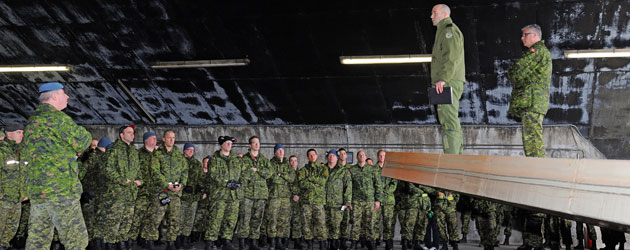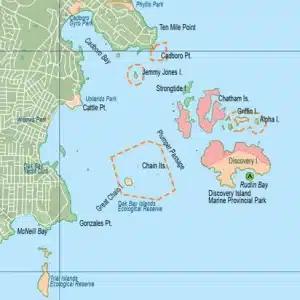Task Force Commander, LCol Darcy Molstad, addresses the troops during Operation Ignition 2013. The operation is Canada’s participation in the NATO Airborne Surveillance and Interception Capabilities to meet Iceland’s Peacetime Preparedness Needs.
News from the top

Task Force Commander








